Pet beetles are fascinating creatures that require proper nutrition to thrive in captivity. Whether you’re caring for a majestic rhinoceros beetle, a striking flower beetle, or a curious darkling beetle, understanding their dietary needs is essential for their health and longevity. Unlike traditional pets, beetles have specific nutritional requirements that vary significantly between species. This comprehensive guide will walk you through everything you need to know about providing the optimal diet for your pet beetle, from understanding their natural feeding behaviors to preparing nutritious meals that will keep them active and healthy.
Understanding Beetle Dietary Habits in the Wild
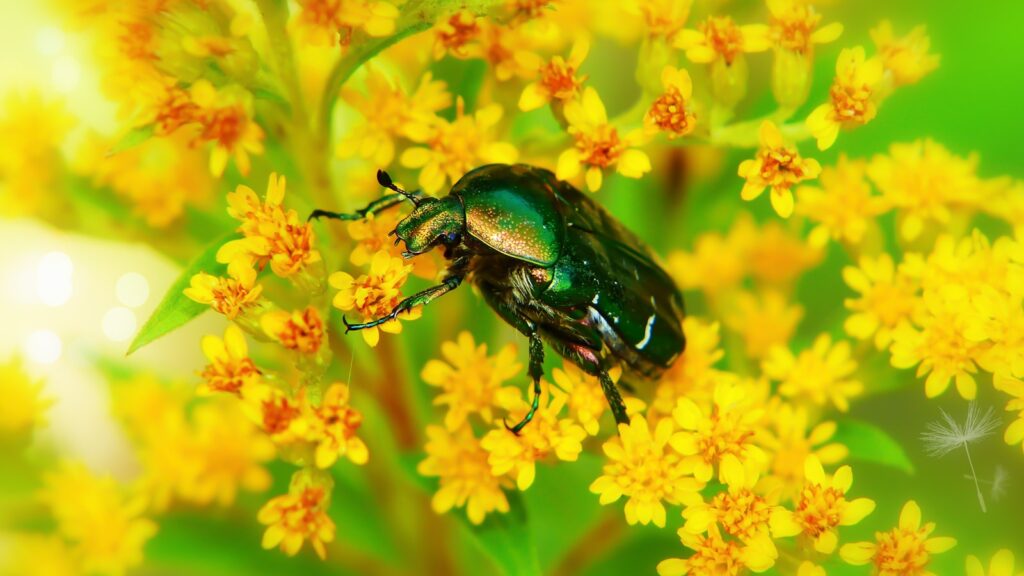
In their natural habitats, beetles have evolved diverse feeding strategies that correspond to their ecological niches. Herbivorous beetles like june bugs and flower beetles primarily consume plant matter including leaves, flowers, fruits, and nectar. Carnivorous species such as tiger beetles actively hunt and prey on smaller insects, showing remarkable hunting skills. Detritivores like darkling beetles and dung beetles play crucial ecological roles by feeding on decaying organic matter, breaking down dead plants and animals or animal waste. Xylophagous beetles, including longhorns and bark beetles, have specialized mouthparts that allow them to bore into and digest wood, sometimes even living trees. Understanding your specific beetle’s natural diet is the first step in providing appropriate nutrition in captivity.
Identifying Your Beetle’s Dietary Type
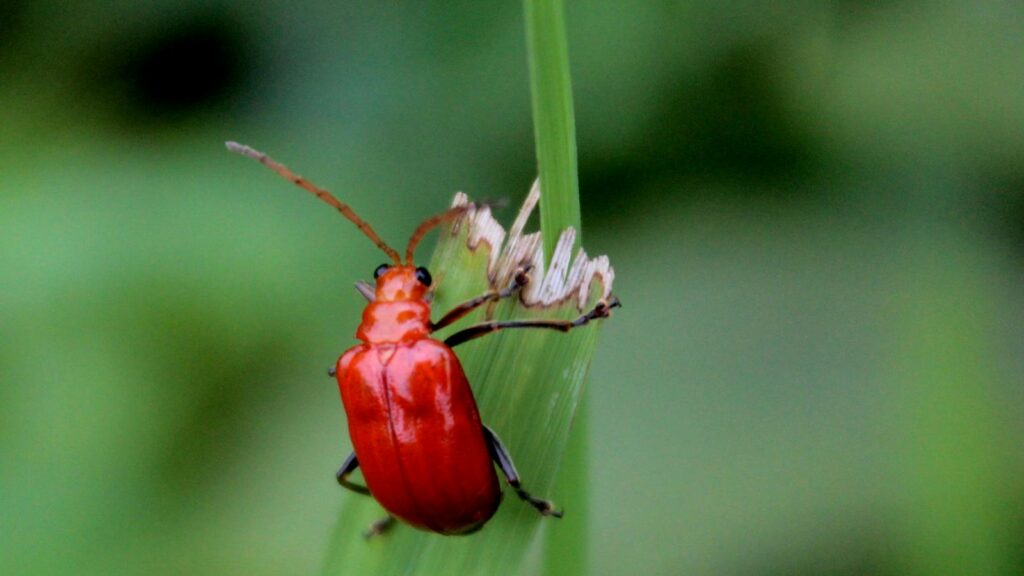
Before you can provide the proper diet for your pet beetle, you must accurately identify its species and corresponding dietary classification. Scarab beetles, including rhinoceros beetles and flower beetles, generally prefer fruit, plant sap, and sometimes wood. Darkling beetles and their larvae (mealworms) are primarily detritivores that consume decaying plant matter and grain products. Stag beetles typically feed on tree sap, rotting wood, and fruit in their adult form, while their larvae require decaying wood. Predatory beetles like tiger beetles and ground beetles need protein from insect prey or commercial insect foods. Research your specific beetle species thoroughly, as even within families, dietary needs can vary significantly based on habitat and evolutionary adaptations.
Essential Nutrients for Beetle Health
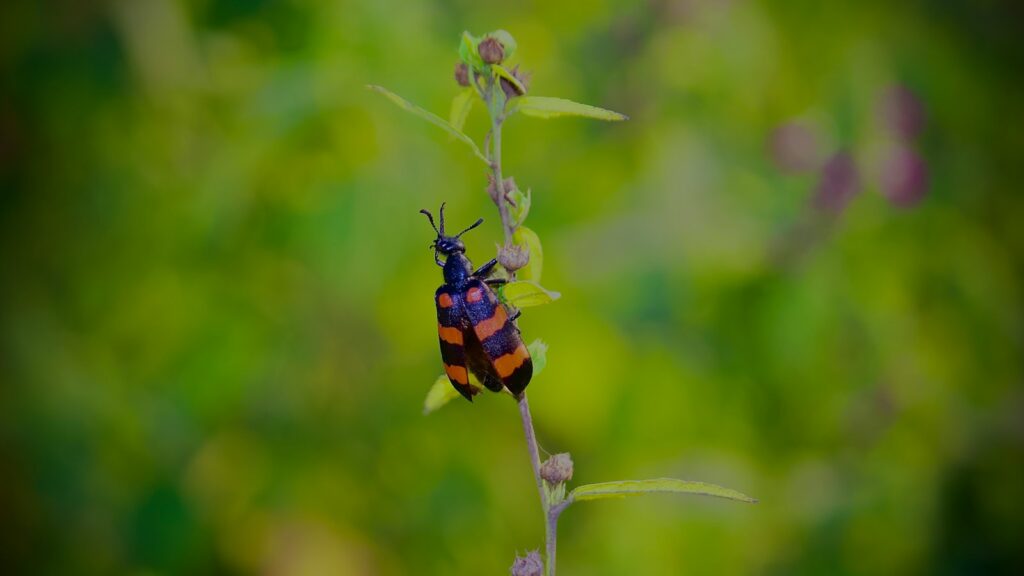
Just like any other pet, beetles require a balanced intake of nutrients to maintain optimal health. Proteins are especially important for growth and development, particularly in larval stages when beetles undergo significant body mass increases. Carbohydrates provide the necessary energy for daily activities, mating behaviors, and in some species, flight. Vitamins and minerals, though required in smaller quantities, play critical roles in metabolic processes and exoskeleton formation. Fat content is especially important for beetle larvae preparing for pupation, as they store energy for the transformation process. Water requirements vary by species but remain essential for all beetles; desert species may obtain moisture primarily from food, while others might need direct water sources.
Feeding Fruit and Flower Beetles

Fruit and flower beetles, including the popular flower chafers and many scarab species, thrive on a diet rich in fruits and plant matter. Fresh fruits like bananas, apples, oranges, and melons serve as excellent staple foods, providing both nutrition and hydration. Many keepers find success with a “beetle jelly” formula, which combines fruit juice, agar, honey, and protein supplements into a convenient gel form that resists spoiling. For additional protein, especially important during breeding periods, consider offering specialized commercial beetle diets or protein supplements like bee pollen. Plant matter such as flowers and leaves from non-toxic plants can supplement their diet, providing additional nutrients and mimicking natural feeding behaviors. Always remove uneaten fresh foods within 24 hours to prevent mold growth and bacterial contamination in the enclosure.
Caring for Wood-Eating Beetles
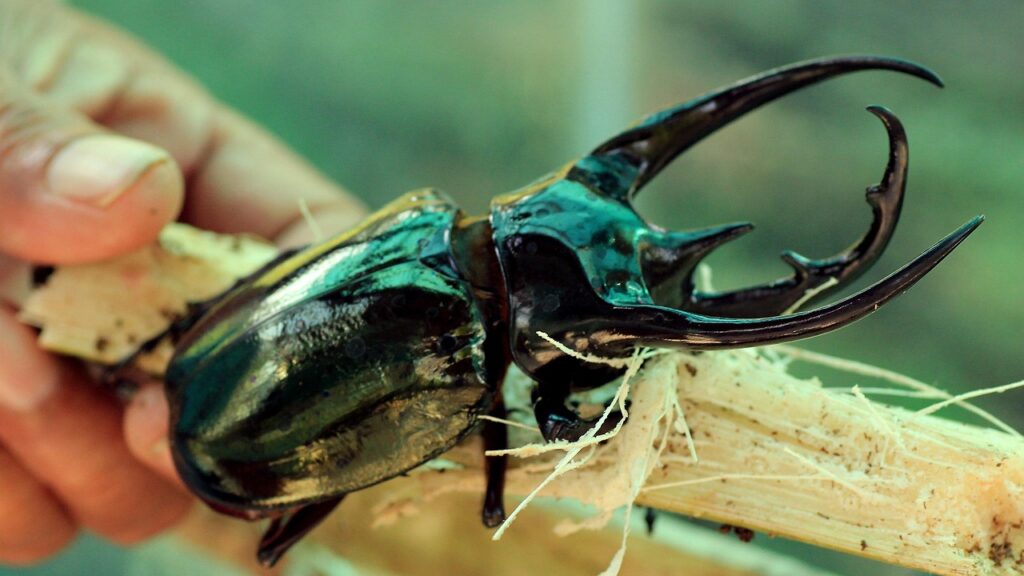
Wood-eating beetles such as stag beetles and rhinoceros beetles have specialized needs centered around decaying wood. The substrate in their enclosure should include rotting hardwood, preferably oak, beech, or other deciduous varieties, which serves as both habitat and food source. This wood should be partially decomposed and naturally fallen, never treated with chemicals or pesticides. Supplement their diet with tree sap or commercially available sap substitutes, which provide additional nutrients and natural sugars. Many wood-eating beetles also benefit from occasional fruit offerings, particularly sweet varieties like bananas or mangoes. For larvae of these species, creating a proper substrate mix of rotting wood and leaf litter is crucial, as they will feed continuously throughout their development, sometimes for years depending on the species.
Feeding Predatory Beetles
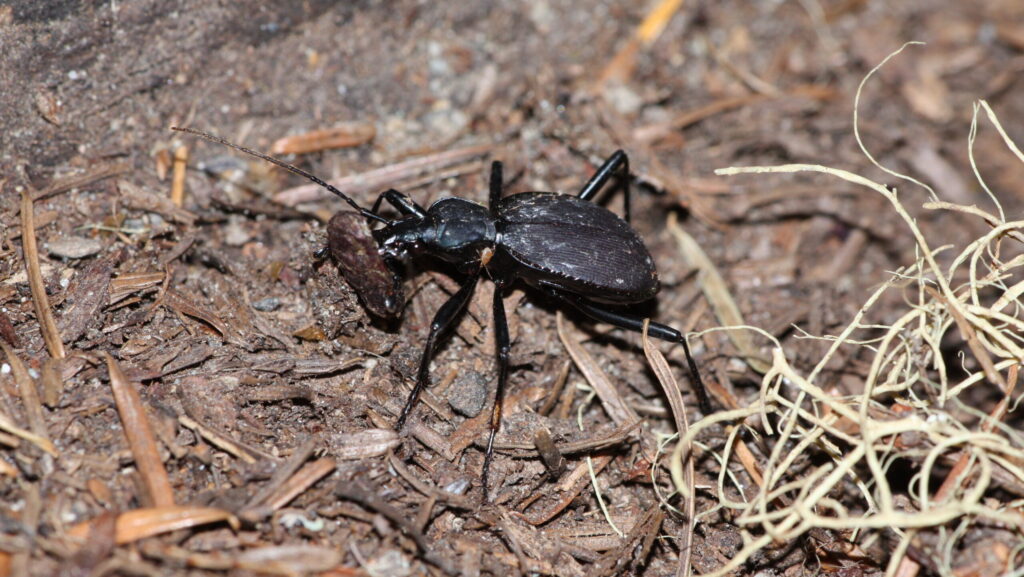
Predatory beetles like ground beetles and tiger beetles require a diet rich in animal protein to thrive in captivity. Live prey items such as crickets, mealworms, waxworms, and fruit flies are excellent choices, with size appropriate to your beetle species. If live feeding presents challenges, pre-killed insects or commercial insect protein foods formulated for reptiles or fish can serve as alternatives. Some predatory beetles will also accept high-protein wet cat food or cooked egg in small quantities as occasional supplements. Variety is particularly important for these beetles, as different prey items offer different nutritional profiles. Always ensure prey insects are gut-loaded (fed nutritious foods before being offered to your beetle) and never collect wild insects for feeding, as these may carry pesticides or parasites.
Nutrition for Darkling Beetles and Mealworms
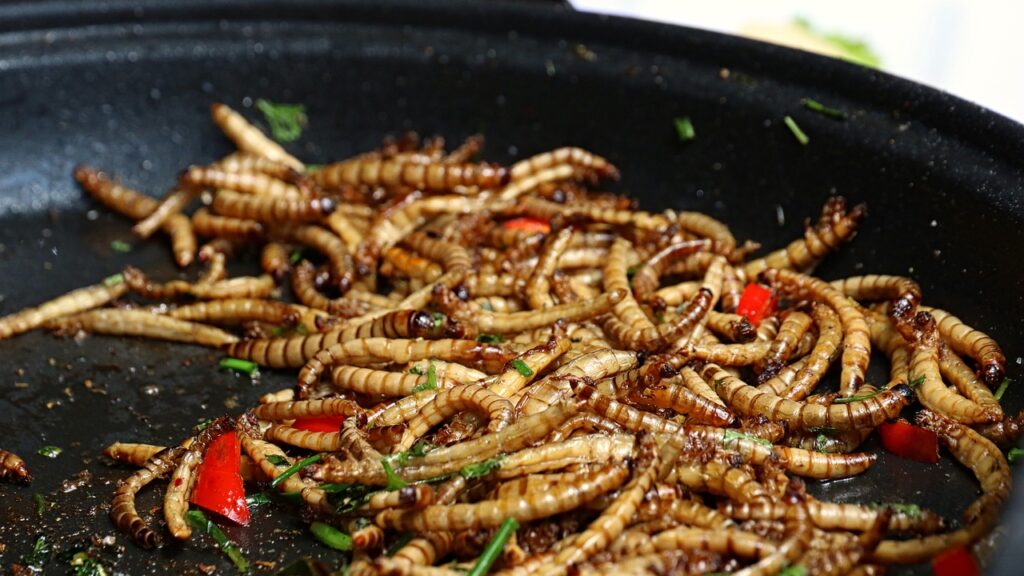
Darkling beetles and their larvae (commonly known as mealworms) are among the easiest beetles to feed due to their adaptable detritivorous diet. A base diet of grain products like oat bran, wheat bran, or commercial chicken feed provides essential carbohydrates and moderate protein. Vegetables such as carrots, potatoes, and dark leafy greens offer vital moisture and additional nutrients, with many keepers placing these directly on top of the grain substrate. For optimal breeding and development, supplement their diet with occasional protein boosts from products like fish flakes, dried yeast, or powdered milk. Unlike many other beetles, darklings can continuously access their food substrate without concerns about spoilage, though fresh vegetable matter should be replaced regularly. This dietary simplicity makes darkling beetles an excellent choice for first-time beetle keepers.
Creating Nutritional Substrate for Larvae
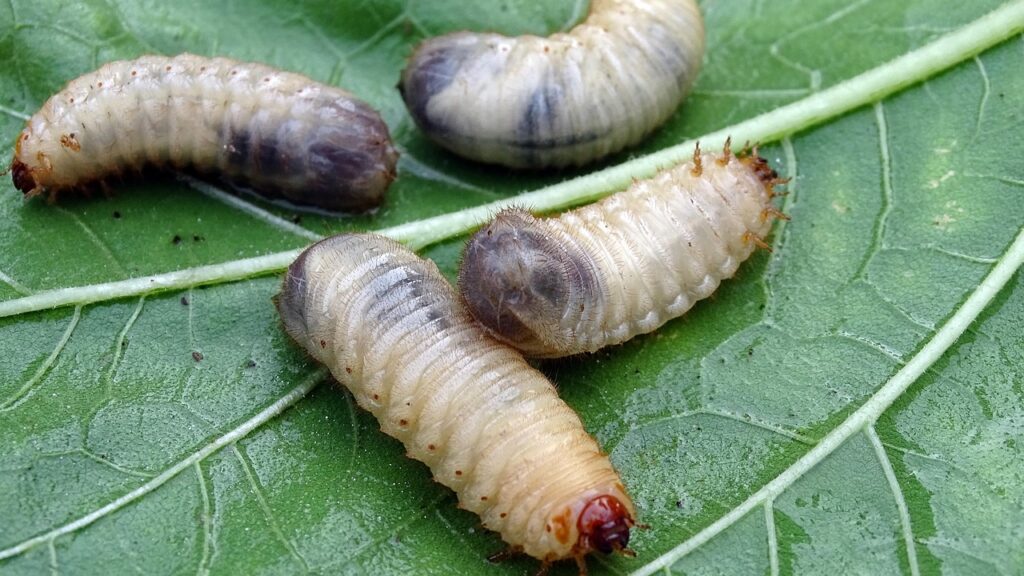
Beetle larvae have specific nutritional needs that often differ from their adult forms, with most species requiring a carefully prepared substrate that serves as both habitat and food source. For wood-eating species, create a substrate using partially decomposed hardwood mixed with leaf litter and a small amount of compost to accelerate decomposition. Herbivorous and omnivorous beetle larvae thrive in a mixture of organic soil, coconut coir, and decomposing plant matter like leaves and vegetable scraps. Protein-loving larvae benefit from substrate enriched with products like fish meal, dried insect protein, or specialized commercial larval foods. Moisture levels in larval substrates are critical – too dry and they may dehydrate, too wet and fungal growth becomes problematic. Regularly monitor and refresh larval substrates as they become depleted, as most beetle larvae spend months or even years in this stage.
Preparing and Offering Food Properly

Proper food preparation and presentation significantly impact your beetle’s willingness to feed and the nutritional value they receive. Cut fruits and vegetables into small pieces appropriate to your beetle’s size, increasing surface area for feeding and preventing spoilage. Place food items on shallow dishes or bottle caps to keep them clean and easily accessible, especially important for smaller beetle species. For species that feed on tree sap, commercial products like honey water or specialized beetle jellies should be offered in small containers to prevent drowning. Always remove uneaten fresh foods within 24 hours to prevent mold, bacterial growth, and fruit fly infestations in your beetle enclosure. For wood-eating species, occasional misting of their wood substrate helps maintain appropriate moisture levels for feeding.
Seasonal Diet Variations and Special Needs
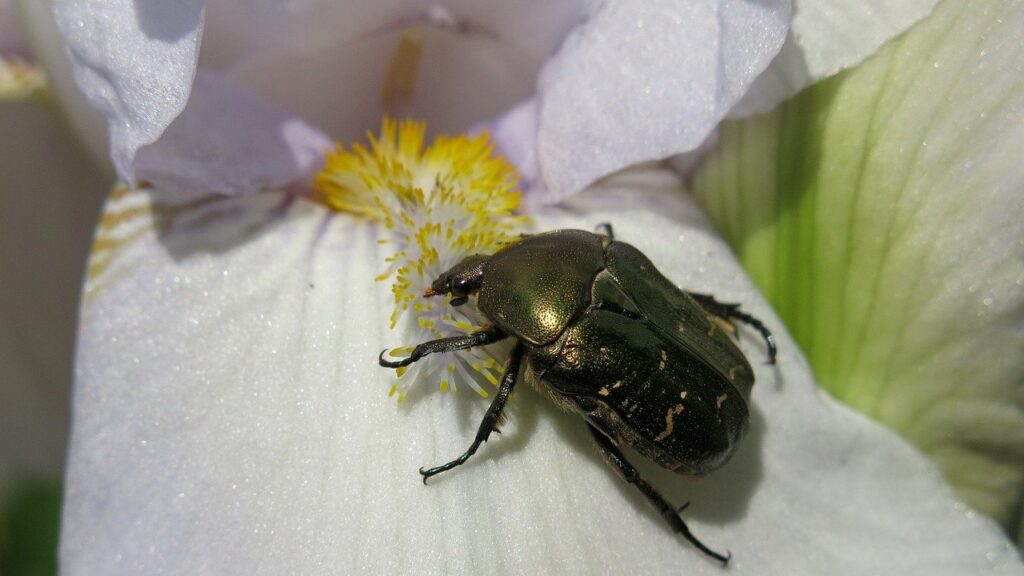
Many beetle species have evolved with seasonal dietary shifts that correspond to natural resource availability and reproductive cycles. During reproductive periods, females of many species benefit from increased protein intake to support egg production, with some keepers offering additional protein supplements during these times. Some beetles naturally reduce feeding or enter dormancy during winter months, and forcing food during these periods may cause stress. Newly emerged adult beetles often have different nutritional needs as their exoskeletons harden and their digestive systems mature, sometimes requiring softer foods initially. Beetles recovering from illness or preparing for metamorphosis may also have special dietary requirements that deviate from their standard care. Observing natural behavioral cues and adjusting diet accordingly helps replicate the conditions that allow beetles to thrive in the wild.
Avoiding Harmful Foods and Toxins
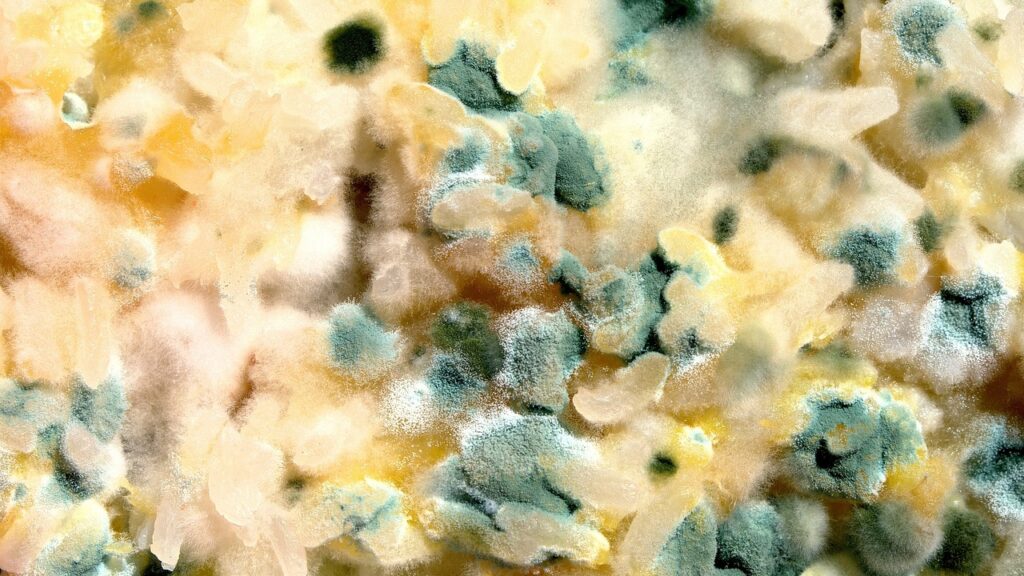
Just as important as knowing what to feed your pet beetle is understanding what foods and substances to avoid. Citrus fruits can be too acidic for many beetle species and should be offered sparingly if at all. Avocados contain persin, a compound toxic to many insects including beetles, and should never be offered. Any produce provided should be thoroughly washed to remove pesticide residues, with organic options preferred whenever possible. Wood that has been treated with chemicals, painted, or processed should never be used in beetle enclosures, as these treatments contain compounds highly toxic to insects. Avoid using tap water that contains chlorine or chloramine; instead, use dechlorinated, bottled spring water, or rainwater for misting and drinking sources. Being vigilant about these potential hazards will help prevent accidental poisoning of your pet beetles.
Monitoring Feeding Behaviors and Health
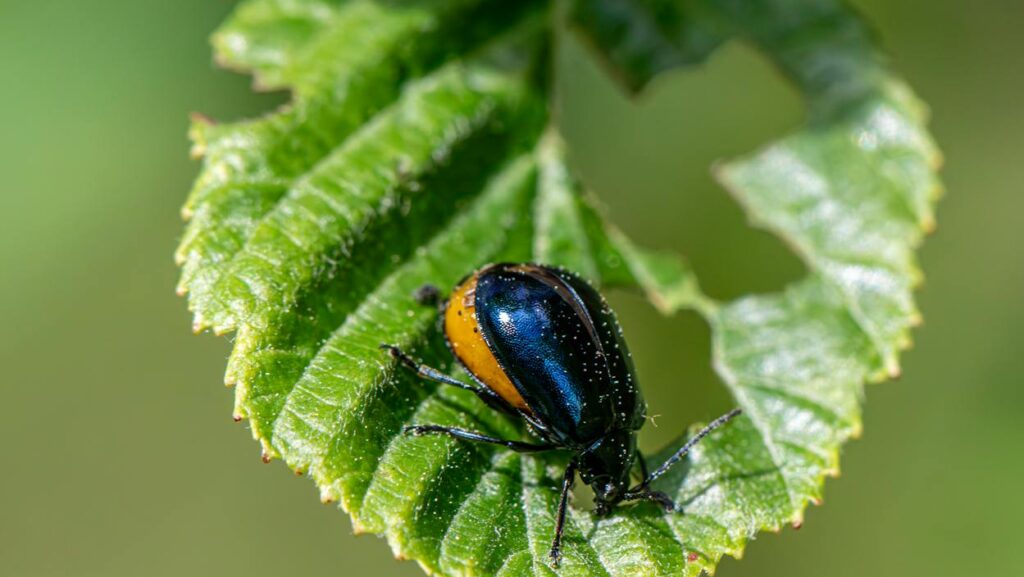
Regular observation of your beetle’s feeding habits provides valuable insights into their health and wellbeing. Healthy beetles generally show interest in appropriate foods and feed regularly, though feeding frequency varies significantly between species. Weight maintenance is a positive indicator, while rapid weight loss may signal health problems or inappropriate diet. Physical signs of good nutrition include proper coloration, active movement, and successful molting in larvae. Behavioral changes like suddenly refusing food or showing disinterest in previously accepted items may indicate illness, stress, or approaching metamorphosis. Keep a simple feeding journal during your first months with a new beetle species, noting food preferences, consumption rates, and any correlations with behavior or development milestones. This observational data becomes invaluable in fine-tuning your beetle’s diet for optimal health.
Creating a Feeding Schedule That Works
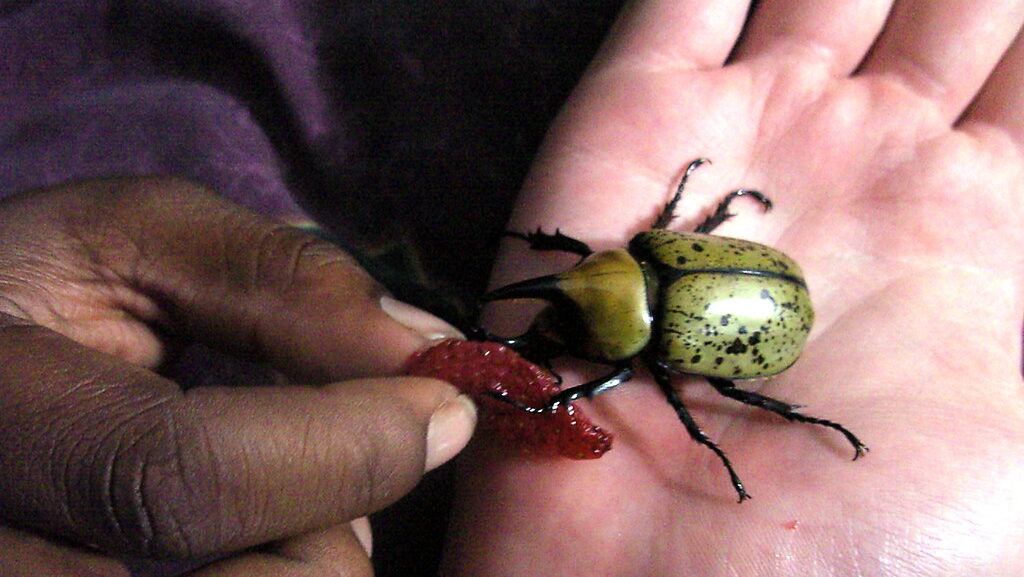
Establishing an appropriate feeding routine provides structure for both you and your pet beetle. Most adult beetles benefit from fresh food offerings every 1-3 days, depending on species and consumption rates. Larvae typically have continuous access to their nutritional substrate, which should be checked weekly for depletion and refreshed as needed. Predatory beetles may require feeding several times weekly with live prey items, while wood-eating species need less frequent attention as they continuously feed on their substrate. Seasonal adjustments might include reduced feeding frequency during cooler months or increased nutritional offerings during breeding periods. Remember that beetles in the wild don’t encounter food on a rigid schedule, so some flexibility and responsiveness to your pet’s appetite signals is appropriate. The ideal feeding schedule balances your beetle’s nutritional needs with preventing food spoilage in the enclosure.
Conclusion: The Rewarding Journey of Beetle Nutrition
Providing the right diet for your pet beetle is both a science and an art that becomes more intuitive with experience. By understanding your beetle’s natural feeding behaviors, offering appropriate foods in the right quantities, and monitoring their response, you create the foundation for a healthy and active pet. Remember that dietary needs may evolve throughout your beetle’s life cycle, particularly during transitions between larval, pupal, and adult stages. While this guide offers a comprehensive starting point, the specific needs of your beetle may require personalized adjustments based on species, environment, and individual preferences. The effort invested in proper beetle nutrition is rewarded with the fascinating opportunity to observe these remarkable insects thrive, complete their life cycles, and display their natural behaviors in your care.
